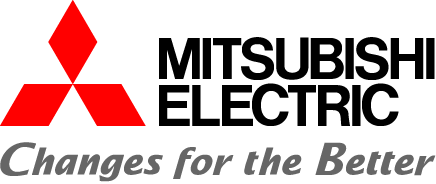
MILESTONES
In 1993, Mitsubishi Electric introduced the world's first dual-jet high-speed hand dryer to the Japanese market (under the Jet Towel product brand name), which ushered in a new paradigm for hand-drying technology and equipment. Since then, the company has lead the industry, fulfilling customers' needs with continuous technological advances that succeeded in reducing hand-drying time and machine noise while improving convenience and hygiene.
The High-speed Hand Dryer is manufactured at Mitsubishi Electric's Nakatsugawa Works plant in Japan, a facility with skilled engineers who have, since
| 1991 |
R&D project initiated to develop a new type of hand dryer that can dry hands in three seconds |
Drying time depends on both air speed and air volume; R&D team discovers that a minimum speed of 60 meters/second is required to blow water from hands. |
|---|---|---|
| 1992 |
|
Optimum air speed and volume calculated for ensuring acceptable drying speed, noise, and user comfort. |
| 1993 |
First High-speed Hand Dryer, the JT-16A, goes on sale under the name "Jet Towel" |
Optimum nozzle pattern found after conducting tests with more than 50 different prototypes. |
|
JT-16B launched |
Nozzle design is further enhanced, power consumption reduced, and operating noise level greatly improved to 65dB. |
|
| 1995 |
JT-16C launched |
In addition to improving operating noise (reducing unpleasant high-frequency sounds), the dryer is given a slimmer profile, responding to the needs of restaurants, hospitals, etc. |
| 1996 |
Thermal-storage heater stand launched |
Further product improvement. |
| 1997 |
JT-16C3 launched |
Wins Good Design award. |
| 1999 |
JT-116C4/C4K & JT-216CS4/CS4K launched |
Production of 200V slim-type model starts. |
| 2000 |
Jet Towel launched on overseas markets, starting with Taiwan |
The rest of the world begins to discover the High-speed Hand Dryer. |
| 2001 |
JT-SB116D launched |
After heated debate between the product designers and structural engineers, final decision is made to adopt a monoform design that will suit architectural interiors. |
| 2006 |
JT-SB116EH, JT-SB216ESH, JT-SB116GN & JT-SB216GSN launched |
Three-second drying time is achieved using hyper-nozzles. Also, operating noise reduced to 59dB. New basin design adopted to facilitate cleaning. New model is launched with thermal-storage heater unit equipped as standard. Refined styling of GN & GSN models wins Good Design award: well-defined contours blend with curves that make the dryer easy to use. |
| 2011 |
JT-SB216JSH, JT-SB216KSN |
The streamlined design that provides an optimum balance between airflow rate and air volume enhance efficiency and drying hands speed. Also operating noise reduced to 58dB. New design adopted the Child-conscious Design and Spacious Hand-drying Zone. In addition to highly popular White, a variety of new colors are now available. — Select the unit that best matched your sanitary needs. |
| 2012 |
JT-MC206GS |
The newly designed mini type model has a compact body that saves space in tight quarters, but provides a wide hand-drying section for easy use even by people with large hands. Its hygienic touch-free operation allows users to dry their hands up to their wrists without touching the unit, and a five-second drying time is achieved with wave-shaped nozzles. Operating noise has been reduced to a low 52dB compared to conventional models. |


